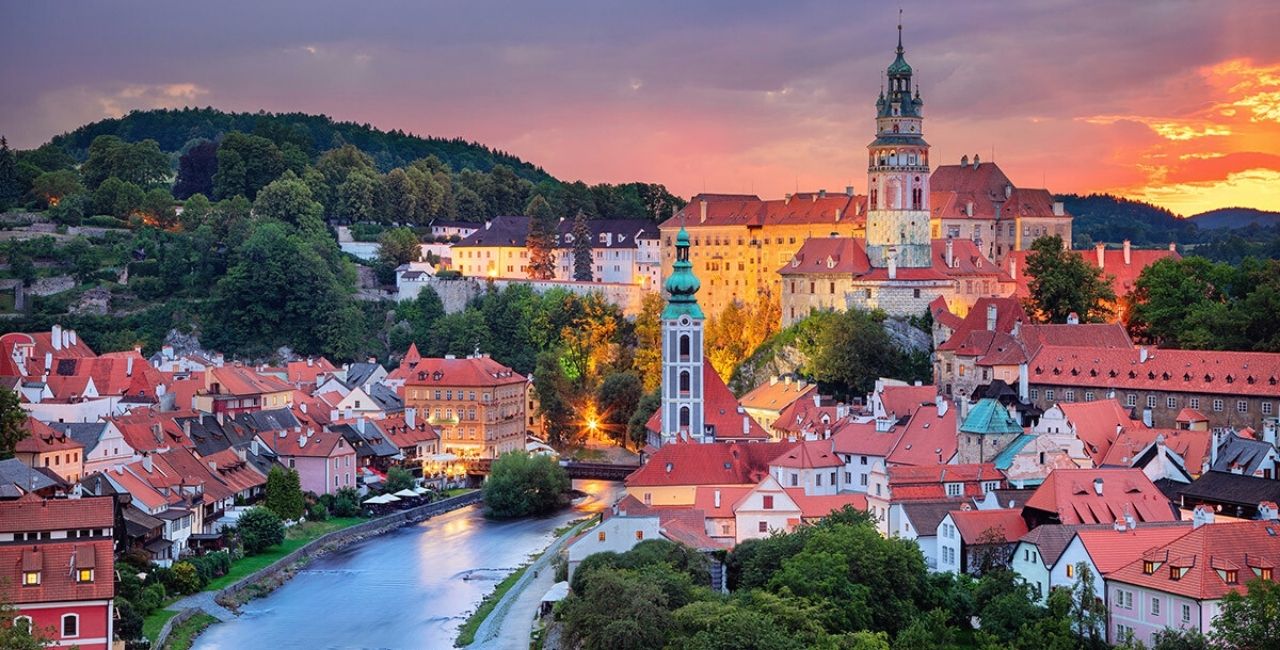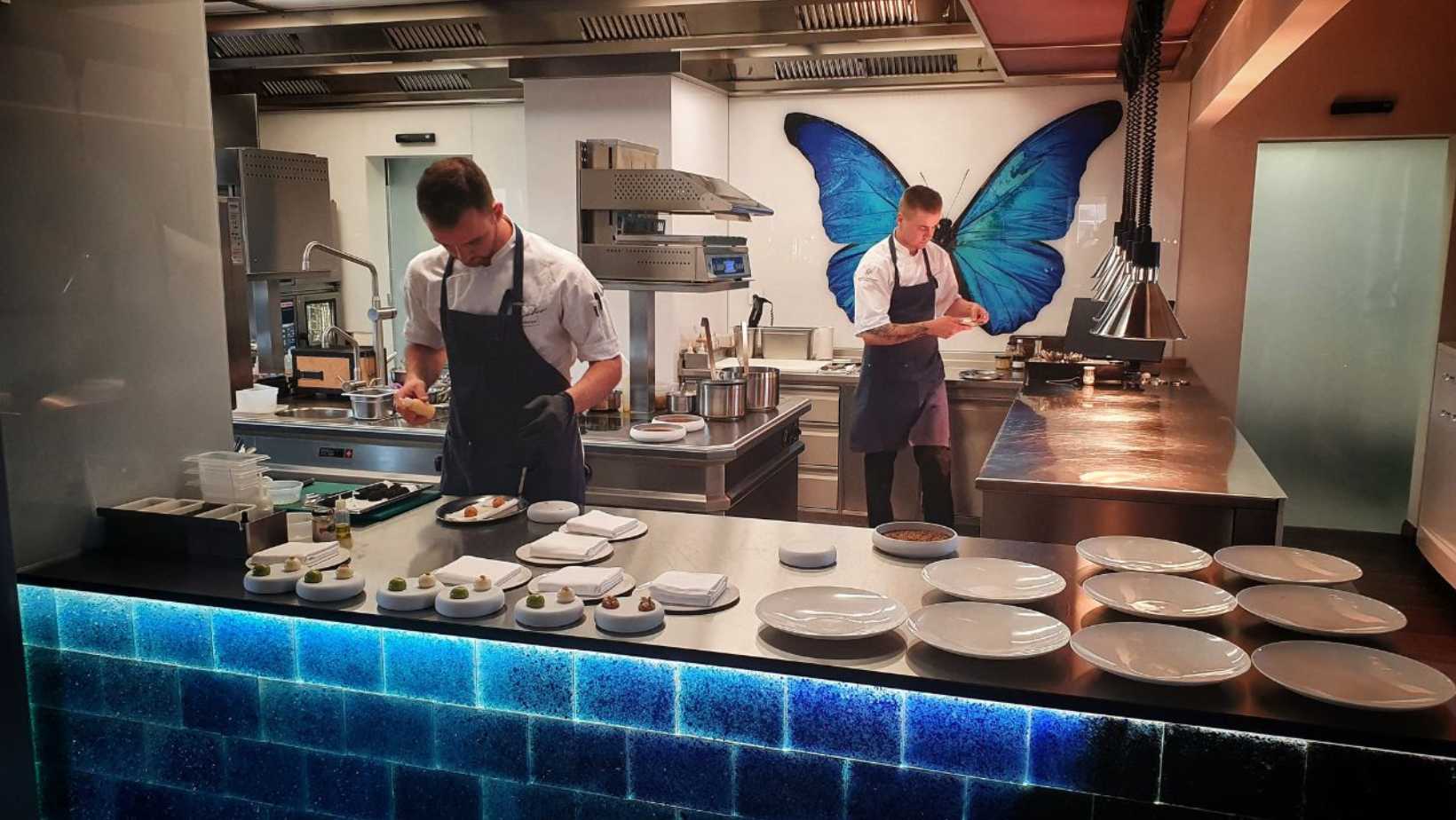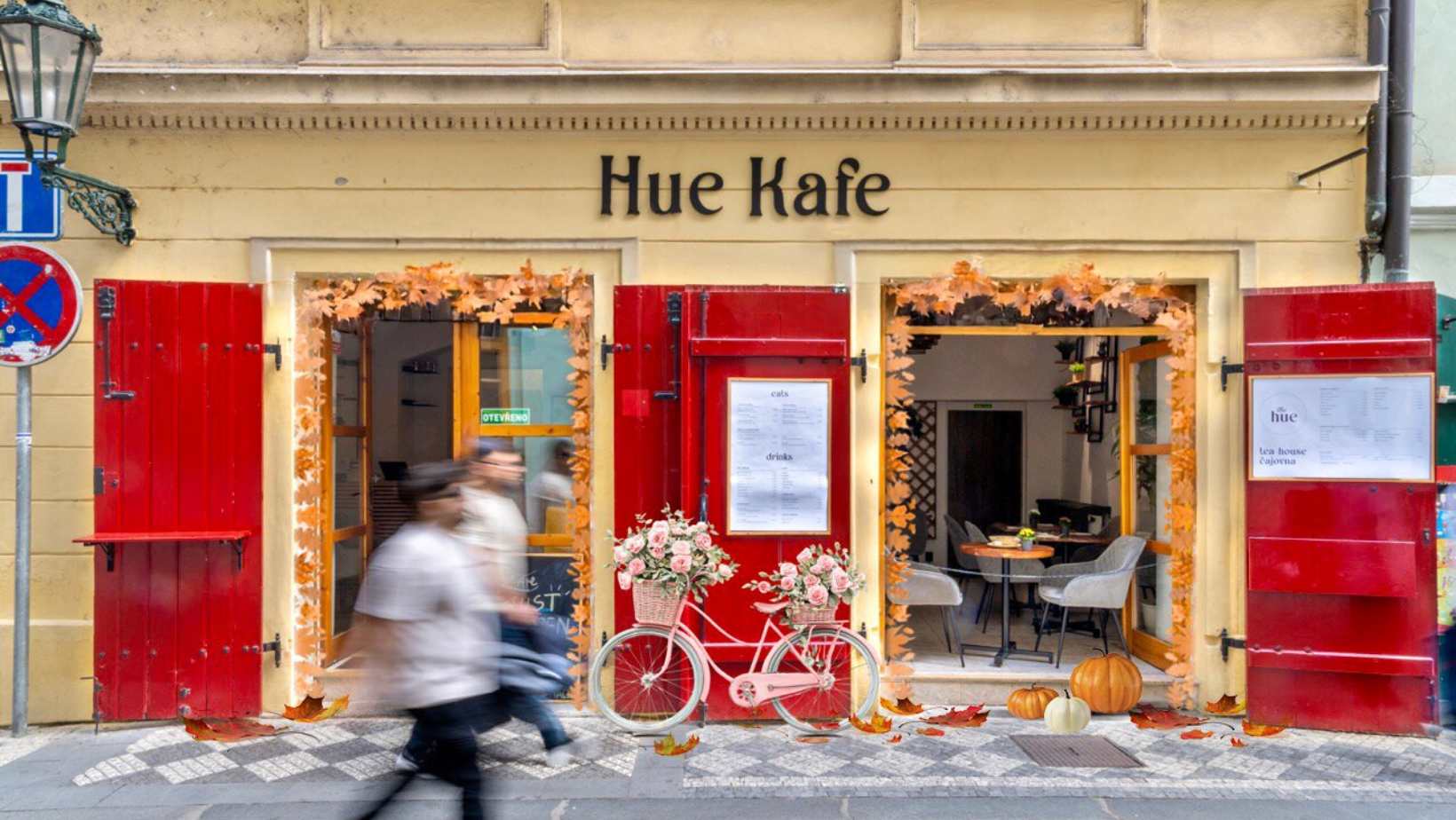UNESCO (the United Nations Educational, Scientific and Cultural Organization) was founded on November 16, 1945, as a result of the Second World War, which had just ended.
The organization’s main goal was to strive to maintain international peace by fostering cooperation in the fields of education, science, and culture and by advocating respect for human rights.
UNESCO is based in Paris and today has 195 member countries and 9 affiliated members. The Czech Republic became a member state on February 22, 1993.
In July 2021, UNESCO decided on new sites to be inscribed on the World Heritage List. The Czech Spa Triangle and the Primeval Beech Forests of Jizerské hory became new successfully nominated Czech Republic sites.
At present, there are 15 Czech sites in total on the list:
-
Historic Centre of Český Krumlov
Český Krumlov is a city in the South Bohemia region, situated on the banks of the Vltava river. Its historic centre was added to the UNESCO List in 1992. The city is most famous for its castle complex built in the 13th century which boasts Gothic, Renaissance, and Baroque elements. Český Krumlov is a beautiful example of a Central European small town originating in the Middle Ages which underwent Renaissance and Baroque transformations yet its architectural heritage has remained intact over the centuries.
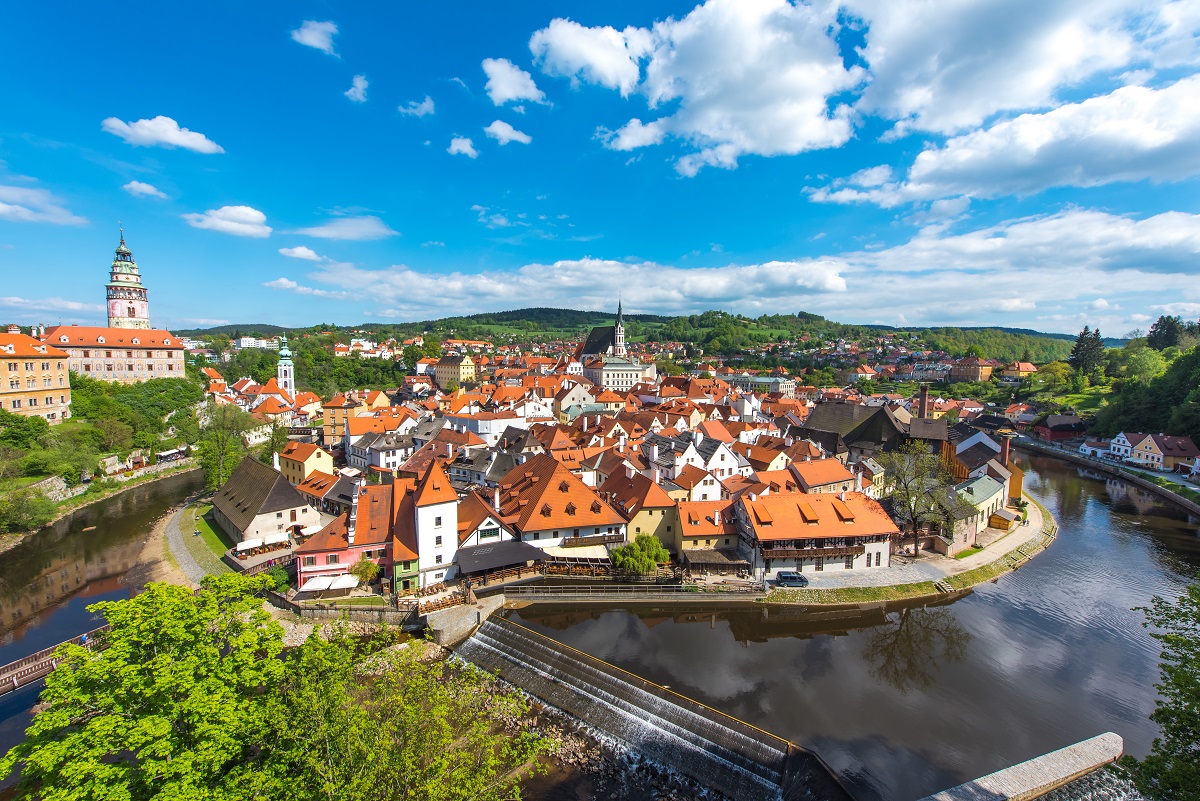
Historic Centre of Prague
Prague is the capital city of the Czech Republic and one of the most beautiful cities in the world. Its historic center has been recognized as one of the UNESCO World Heritage Sites in 1992. The most notable monuments in Prague are Hradcany Castle, the Saint Vitus Cathedral, Charles Bridge and several churches and palaces, most of them built in the 14th century under Charles IV.
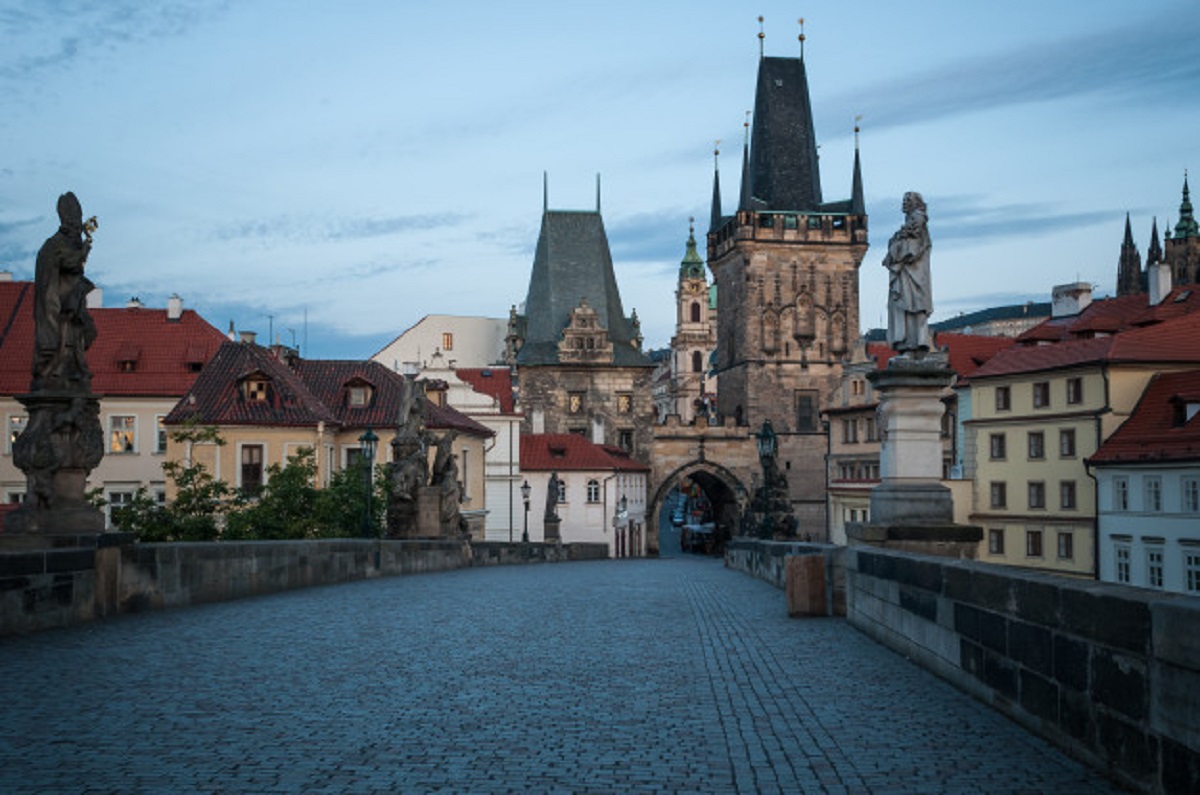
Historic Centre of Telč
Telč is a city in the southwest tip of Moravia, halfway between Prague and Vienna. It is considered to be an architectural and artistic ensemble of outstanding quality thanks to its beautiful setting combined with well-maintained Renaissance buildings with various facades. The historic centre of the city, surrounded by fish ponds and city gates, has retained its unique shape over the centuries and was inscribed on the UNESCO List in 1992.
Pilgrimage church of St. John of Nepomuk at Zelená hora
The pilgrimage church was constructed on a star-shaped plan in the early 18th century. The monument is the most unusual work by the great architect Jan Blazej Santini, whose highly original style falls between neo-Gothic and Baroque. The church was inscribed on the UNESCO List in 1994.
Kutná Hora
The historic centre of Kutná Hora reflects a very specific medieval structure of the city ground plan, determined by the town’s wealth and prosperity based on mining. Kutná Hora includes many high-quality buildings, but is most famous for the Church St Barbara and the Church of Our Lady at Sedlec which influenced the architecture of central Europe. The Church of St Barbara is considered to be a jewel of the late Gothic period. The Cathedral of Our Lady at Sedlec was restored in line with the Baroque taste of the early 18th century. The city of Kutná Hora was inscribed on the UNESCO List in 1995.
Lednice-Valtice Cultural Landscape
At 200 km2, Lednice-Valtice is one of the largest artificial landscapes in Europe. The cultural landscape located in southern Moravia was constructed by the ruling dukes of Liechtenstein between the 17th and 20th centuries. The design of the castles of Lednice and Valtice and the surroundings combines Baroque, Classical and Neo-Gothic styles with the English romantic principles of landscape architecture. One of the arguably most beautiful places in the Czech Republic has been added to the UNESCO List in 1996.
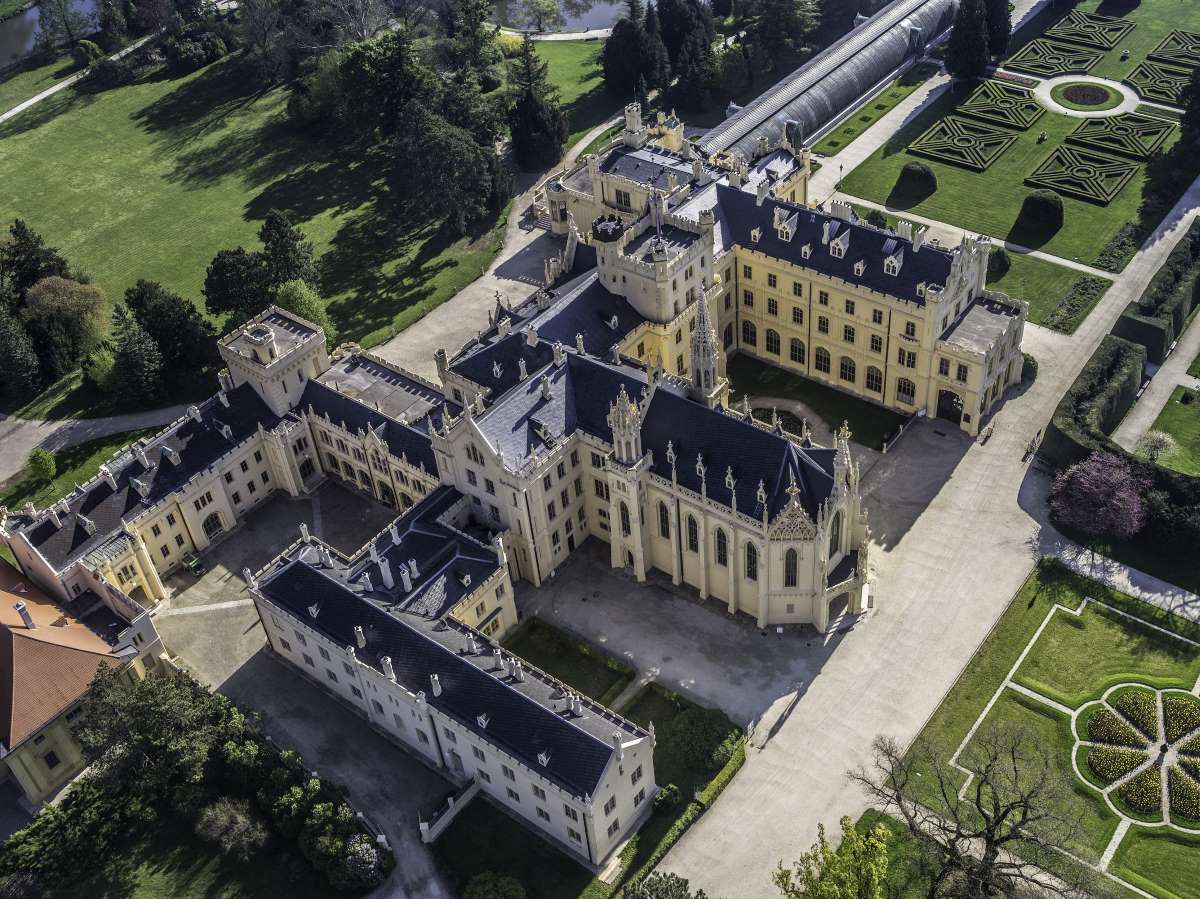
Holašovice Historic Village
Holašovice is an exceptionally well-preserved example of a traditional central European village. The village is situated in South Bohemia, near another UNESCO Site, Český Krumlov. Holašovice includes numerous farmsteads, a chapel, a cross, a forge and a small fish-pond. The village is characterized by vernacular buildings from the 18th and 19th centuries which make Holašovice an outstanding example of traditional rural settlement in central Europe. Holašovice village was added to the UNESCO List in 1998.
Gardens and Castle at Kroměříž
The castle and the gardens in Kroměříž, a town in Moravia, were included in the UNESCO List in 1998 thanks to their beautiful symbiosis of light, plants, art, and architecture. These two sites are considered one of the best examples of Baroque style residence and its associated landscape of the 17th and 18th century.
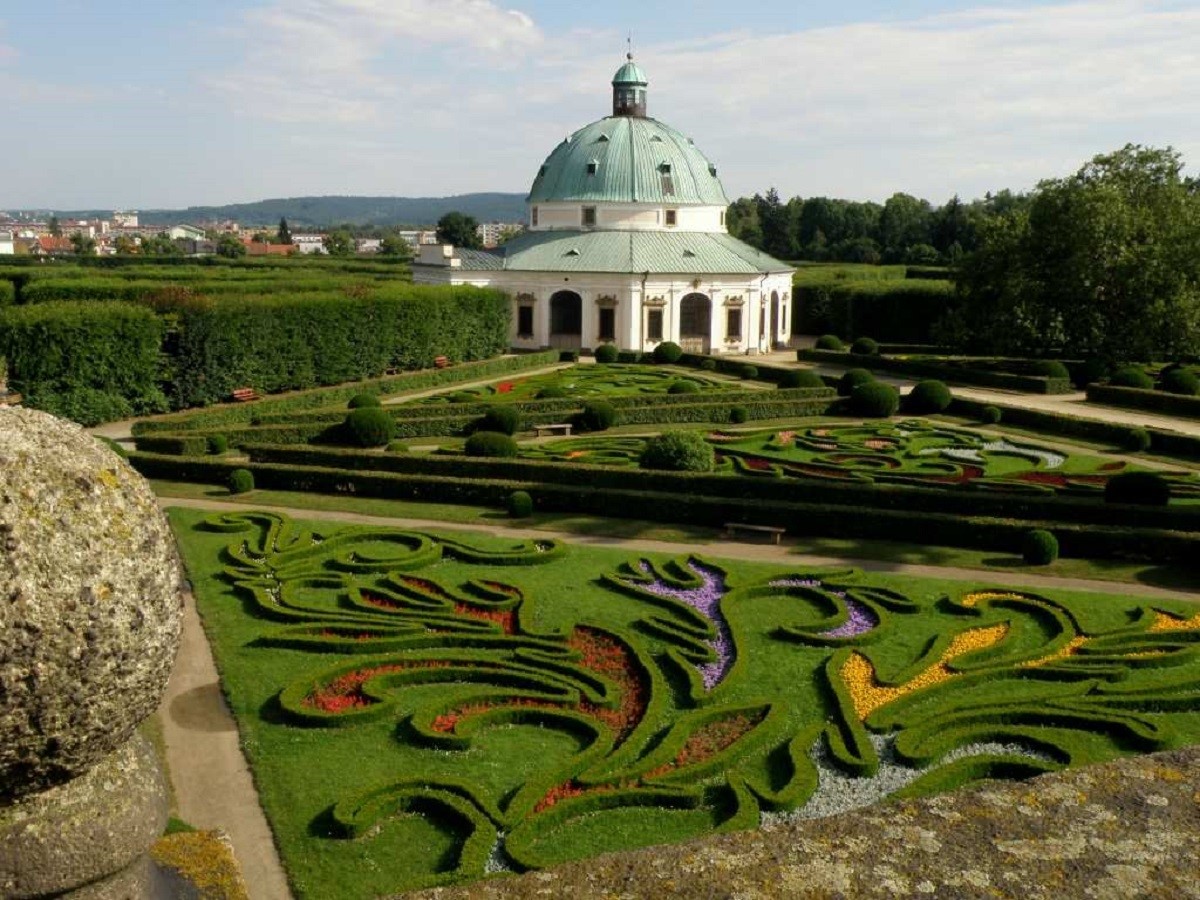
Litomyšl Castle
Litomyšl Castle features Renaissance and High-Baroque concepts, being an arcaded castle which later evolved under the influence of new artistic movements. Among the former aristocratic residence surrounded by the garden, the entrance courtyard, and the outbuildings, visitors can find the Brewery within the castle complex, the birthplace of Bedřich Smetana, the Czech famous composer. Litomyšl Castle lies in the Pardubice Region, the eastern part of Bohemia. It has been inscribed on the UNESCO list in 1999.
Holy Trinity Column in Olomouc
The Holy Trinity Column is located in the historic centre of Olomouc city in Central Moravia. It is the most outstanding example of the Moravian Baroque style which developed in the 18th century in Central Europe. The Holy Trinity Column has a high symbolic value because it represents the religious devotion and the sense of pride of the inhabitants of this city. The Holy Trinity Column was inscribed on the UNESCO List in 2000.
Villa Tugendhat
The Tugendhat Villa was designed by the architect Mies van der Rohe in the 1920s and it played a significant role in the worldwide diffusion and acceptance of the Modern Movement at that time. Mies van der Rohe applied the innovative and aesthetic concepts of the Modern Movement to the design of the Tugendhat Villa to satisfy new lifestyle needs by using the opportunities provided by modern industrial production. Villa Tugendhat is located in Brno, the second-largest Czech city. It is on the UNESCO List since 2001.
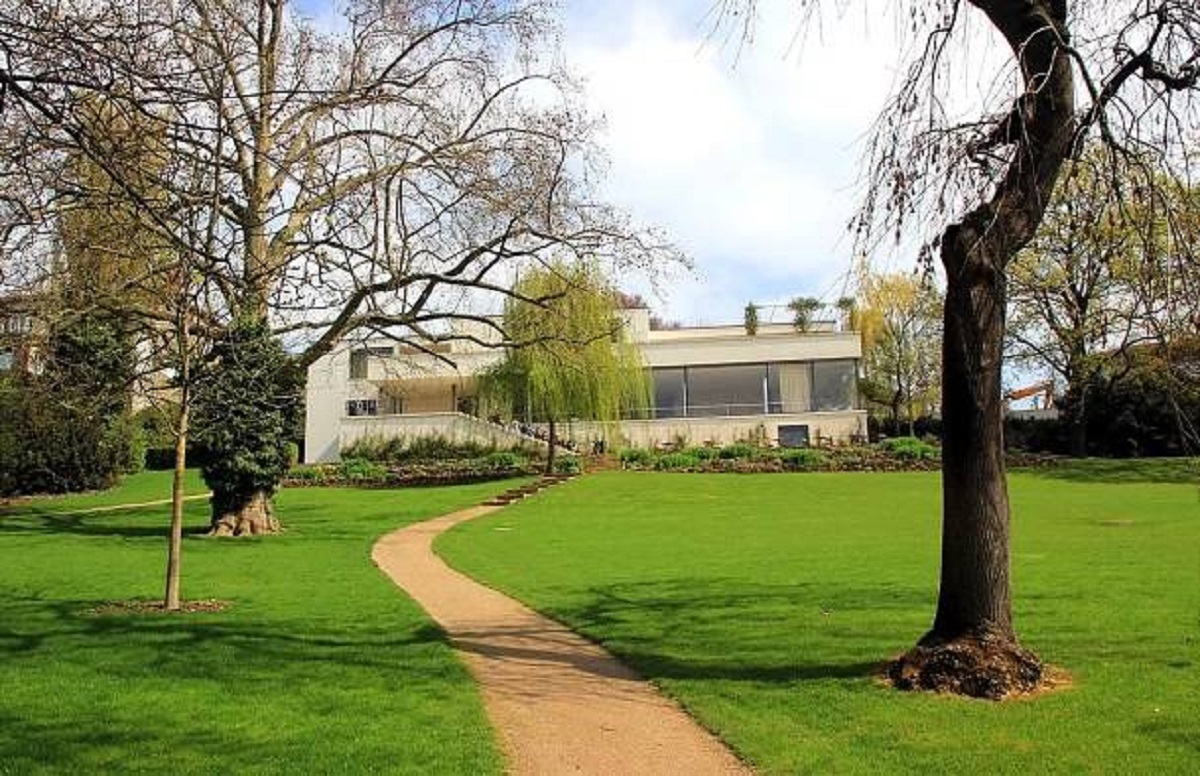
Jewish Quarter and St Procopius’ Basilica in Třebíč
The ensemble of the Jewish Quarter and the Basilica of St Procopius in Třebíč is a significant example of the coexistence and interchange of values between Jewish and Christian cultures over the centuries. The Jewish Quarter and the nearby Jewish cemetery are an exceptional testimony to the cultural Jewish traditions in central Europe. The Basilica of St Procopius, on the other hand, is an example of Western architectural influence in Central Europe. The cultural heritage in Třebíč is inscribed on the UNESCO List since 2003.
Landscape for Breeding and Training of Ceremonial Carriage Horses at Kladruby nad Labem
The property is situated in the eastern part of Bohemia by the Elbe plain. In 1579, an imperial stud farm was established there for the purposes of breeding and training kladruber horses, a type of horse used in ceremonies by the Habsburg imperial court. Today, the property consists of flat, sandy soils and includes fields, fenced pastures, a forested area and buildings, all designed for the same task. The landscape is one of the top horse-breedings institutions in Europe. The property was recognized as the UNESCO World Heritage Site just recently, in 2019.
Krušnohoří Mining Region
Krušnohoří/Erzgebirge is a mountainous region lying in south-eastern Germany and north-western Czech Republic. The area, also called as Ore Mountains, has been the most important source of silver ore in Europe between 1460 and 1560 and gave rise for technological innovations. The region is a significant reminder of the outstanding role and international influence of the Ore Mountains as a trigger for technological and scientific innovations from the Renaissance up to the modern era. The region was inscribed on the UNESCO List in 2019.
-
NEWSLETTER
Subscribe for our daily news





